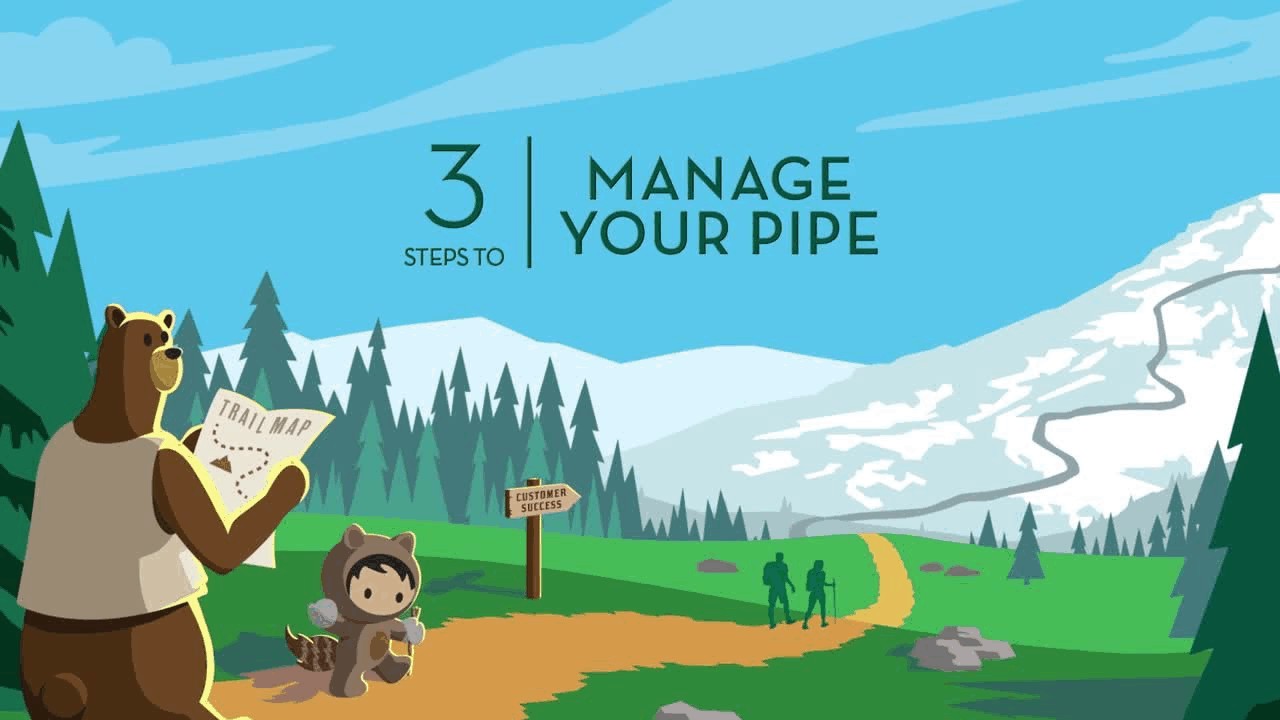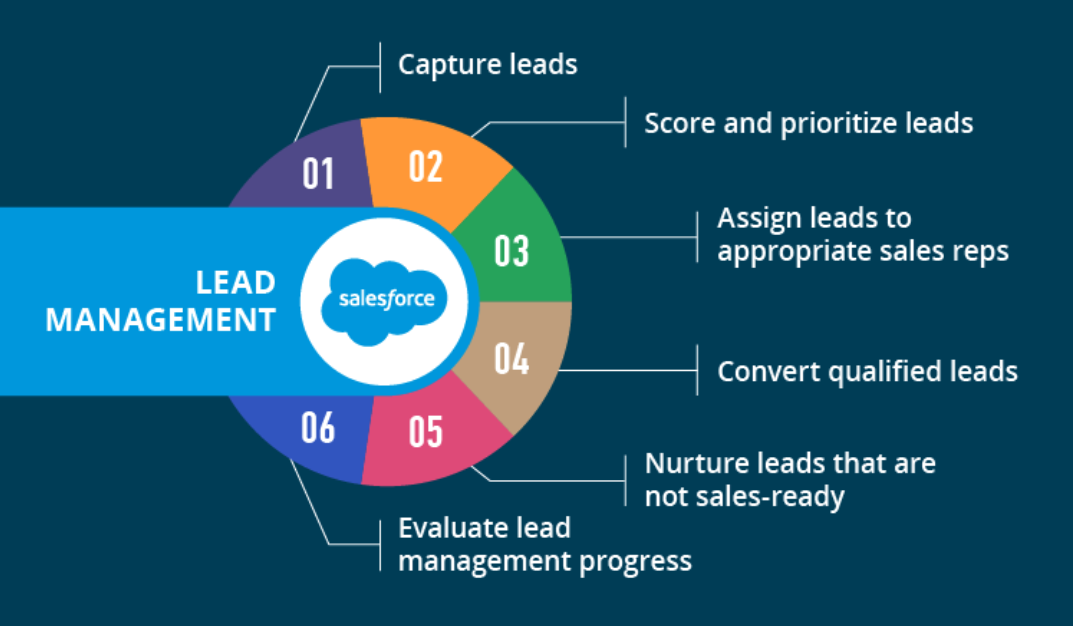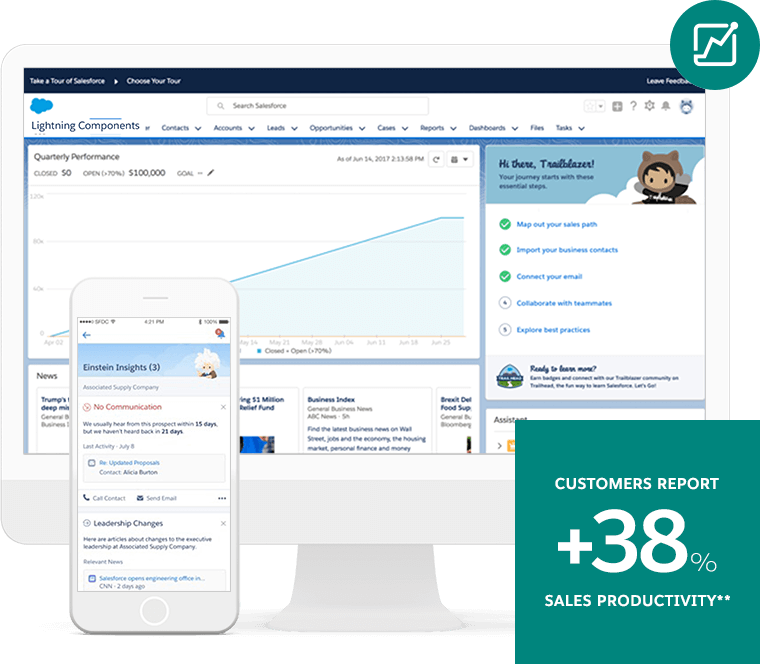Running a small business is full of unknowns, surprises, and frightening challenges. That’s why it’s important to have a reliable leading indicator of how much business may be headed your way in a given time period. That indicator is what we in the industry refer to as the sales pipeline: A visual representation of how many prospects you have and where they are in the sales process.
Your sales pipeline offers an estimate of how much business your salespeople expect to close in a specific week, month, or year. This estimate, in turn, helps when it comes to revenue forecasting, planning for growth, and preparing for whatever’s around the corner.
Sounds obvious, right? Of course you’d like to have all this information—as accurate and early as possible—but how do you go about building a sales pipeline? We hear you. That’s why we put together this list of the basic steps to building the sales pipeline of legends.

Design your sales cycle
According to a study from Vantage Point Performance, the greatest indicator of year-over-year revenue growth is a well-defined sales cycle; the study found a 15% difference in revenue growth between companies with a formal/defined sales process versus those without one.
A sales cycle is a journey you create from awareness and education to negotiation and sale. We’ve outlined a basic sales cycle below, but keep in mind that the more complex your product, the longer your sales cycle will take—and the more stages you may want to include.
Engage: The buyer shows some kind of interest in your product
Schedule: The buyer agrees to a meeting to learn more
Meet: The meeting occurs and you agree to next steps
Educate: Seller offers specific information on how the solution will solve challenges
Propose: Seller sends a proposal or contract
Close: Prospect or customer signs a contract with your company
Identify your ideal customers and target accounts
Sit down with your sales team and identify the list of potential companies your business could sell to. Characteristics of your ideal target customers will render the total number of customers your business is able to sell to based on your sales strategy. This list is organic—you should update it as often as you can.
The Pareto Principle notes that the top 20% of your customers are responsible for 80% of your revenue, so it’s important to tier your accounts in order to devote the right amount of energy on the front end to identify which prospects will be both efficient and revenue generating.

Find internal contacts at those target accounts
Salespeople don’t talk to companies—they talk to humans. The best salespeople are the ones who build authentic relationships. That’s why locating specific internal contacts within a company is important. Get their names, do your research, and find out who or what you have in common. Be genuinely curious about their businesses and, ultimately, help them create value.
Move qualified leads through the sales cycle
Divide and conquer! Work as a team to reach out to your prospects and walk them through the process and journey you’ve created.
Collaborate with your marketing team to create videos, webpages, blogs, demos, and other lead-generating resources that help prospects understand the value of your solution. And mix up your tactics as you go in order to find various messages that resonate and things that work.
Sales training and development are always helpful, even for sales veterans… sometimes especially for sales veterans.

Use a CRM tool to take it up a notch
Take your pipeline to a whole new level with a customer relationship management (CRM) tool (like Salesforce). CRM gives you a real-time view of your sales pipeline and lets you filter by team, rep, or territory for customized insights into your business. Pipeline management features can also help you spot and troubleshoot problem areas in your sales process.
Salesforce Essentials, created specifically to help small businesses get started with CRM offers customizable tools for creating dashboards, reports, and alerts to help manage your pipeline.

Remember: Sales is a fluid process
As you go, keep in mind that selling is a process, one that should change and evolve continually for best results. It can be as simple or as complex as you make it, but there are no sure bets, no failsafe techniques, no guarantees. So be sure to take time each month to iron out what’s been working and what hasn’t. Where does your pipeline get clogged? Do you need to change up your tactics or teams? What feedback have you heard from customers about the process? Stay fluid and flexible to maximize your team, pipeline, and revenue.
Ready to learn more? Try this free interactive Trailhead module on how you and your team can work together to Build a Strong Sales Pipeline.
The post Zero to Hero: How to Build a Sales Pipeline appeared first on Vidyard.
Read more: vidyard.com









